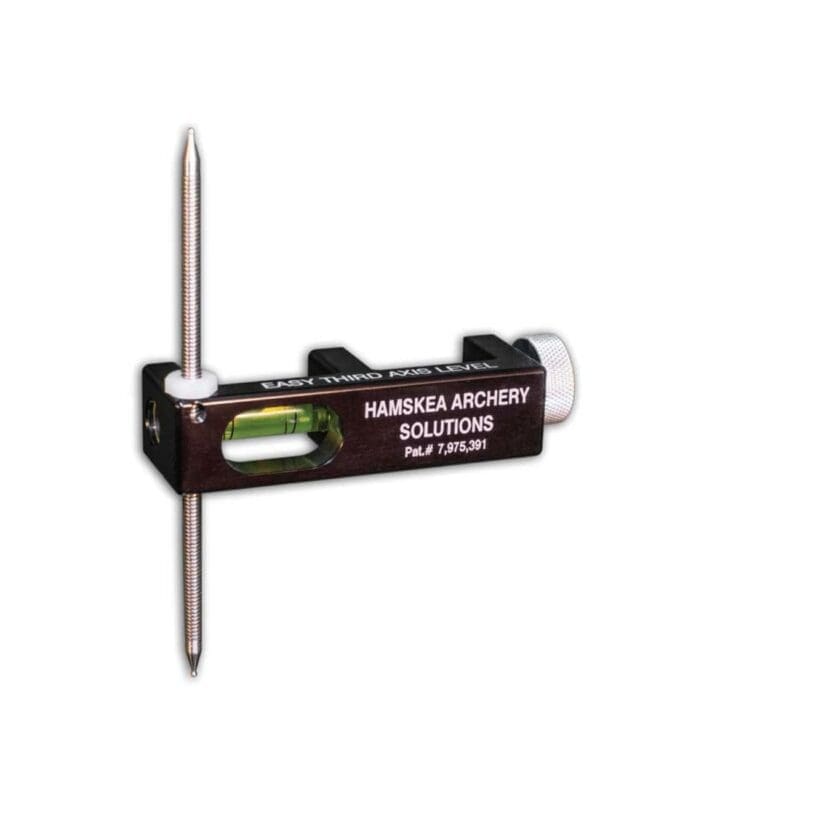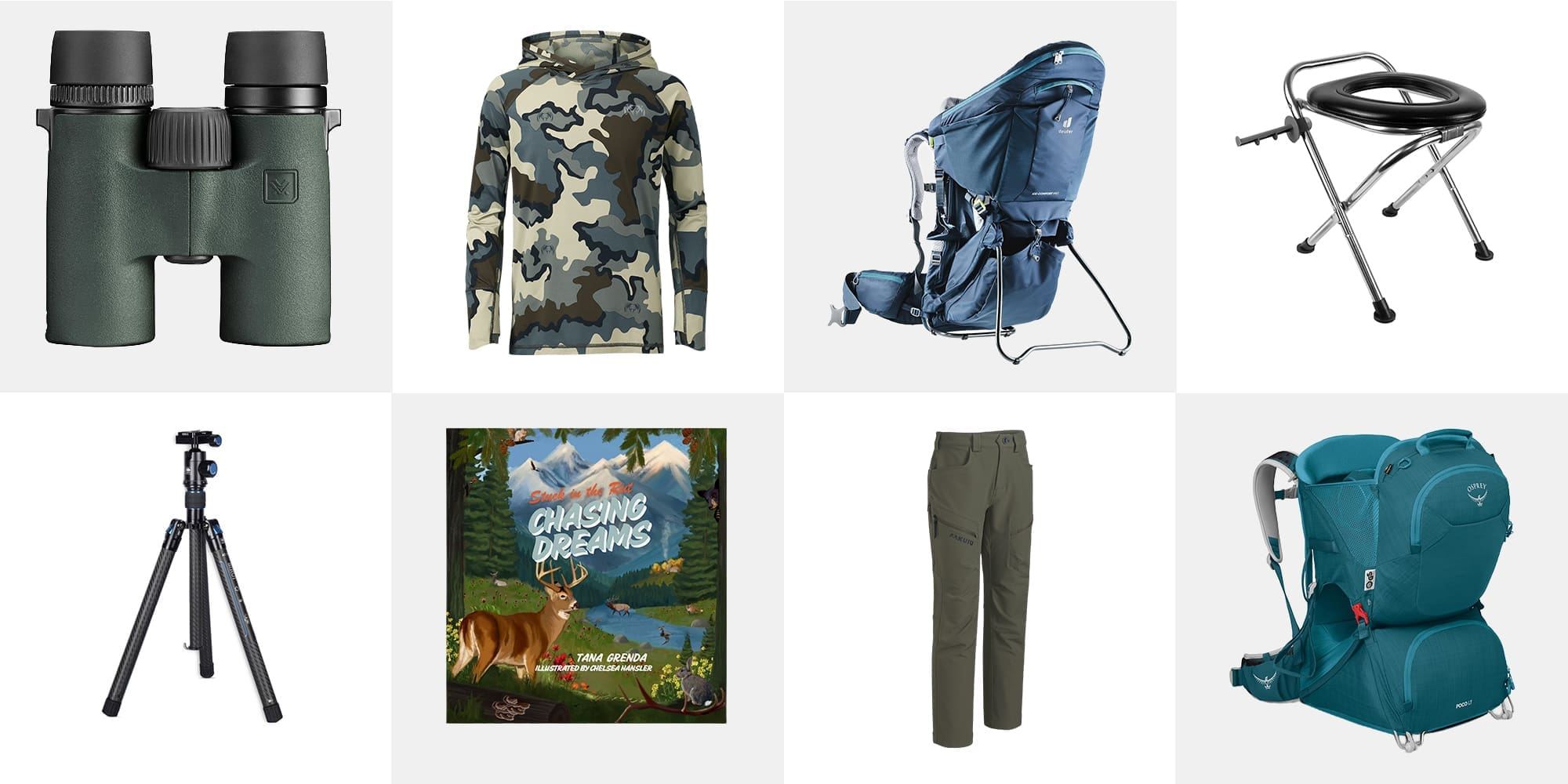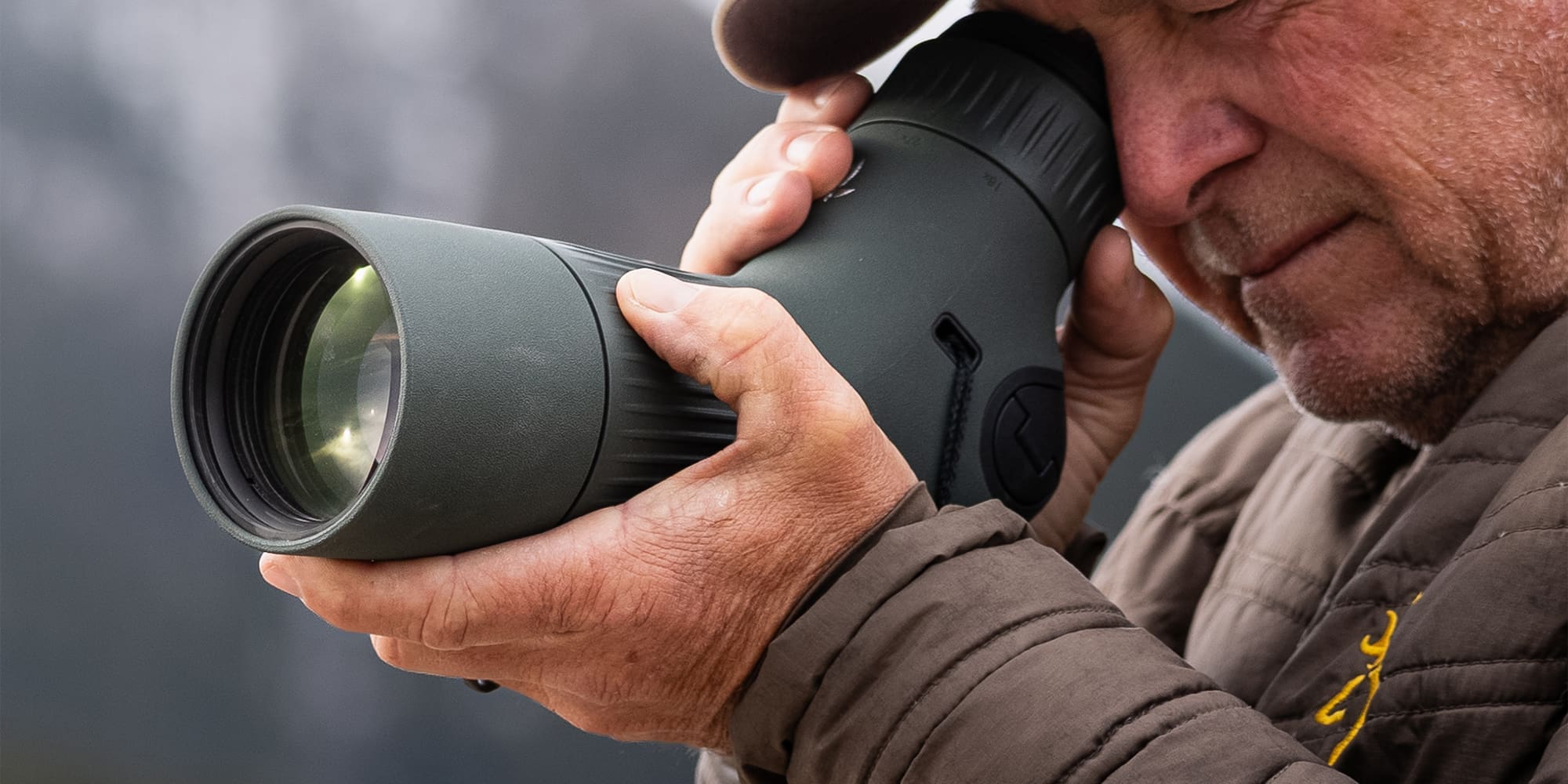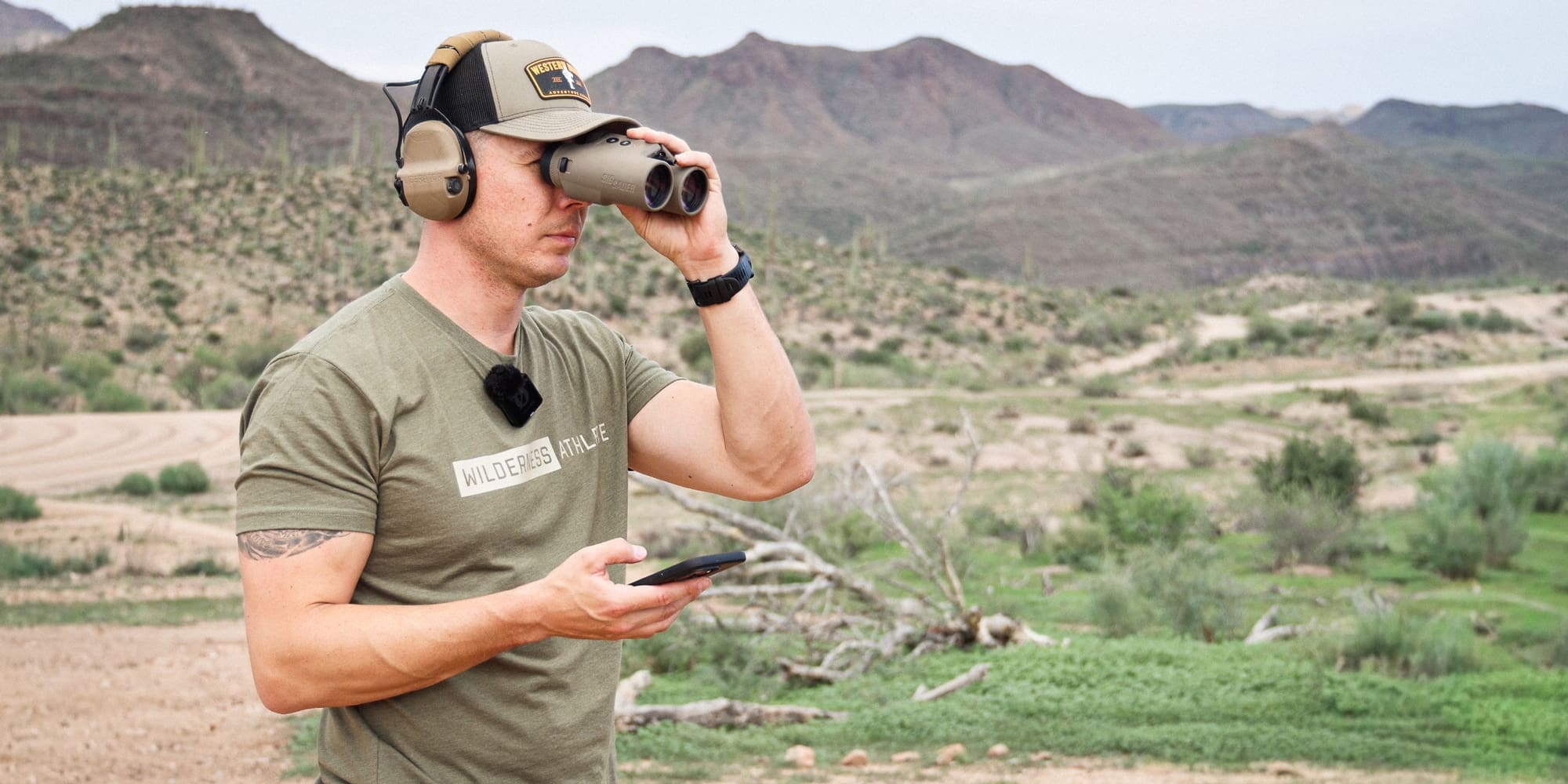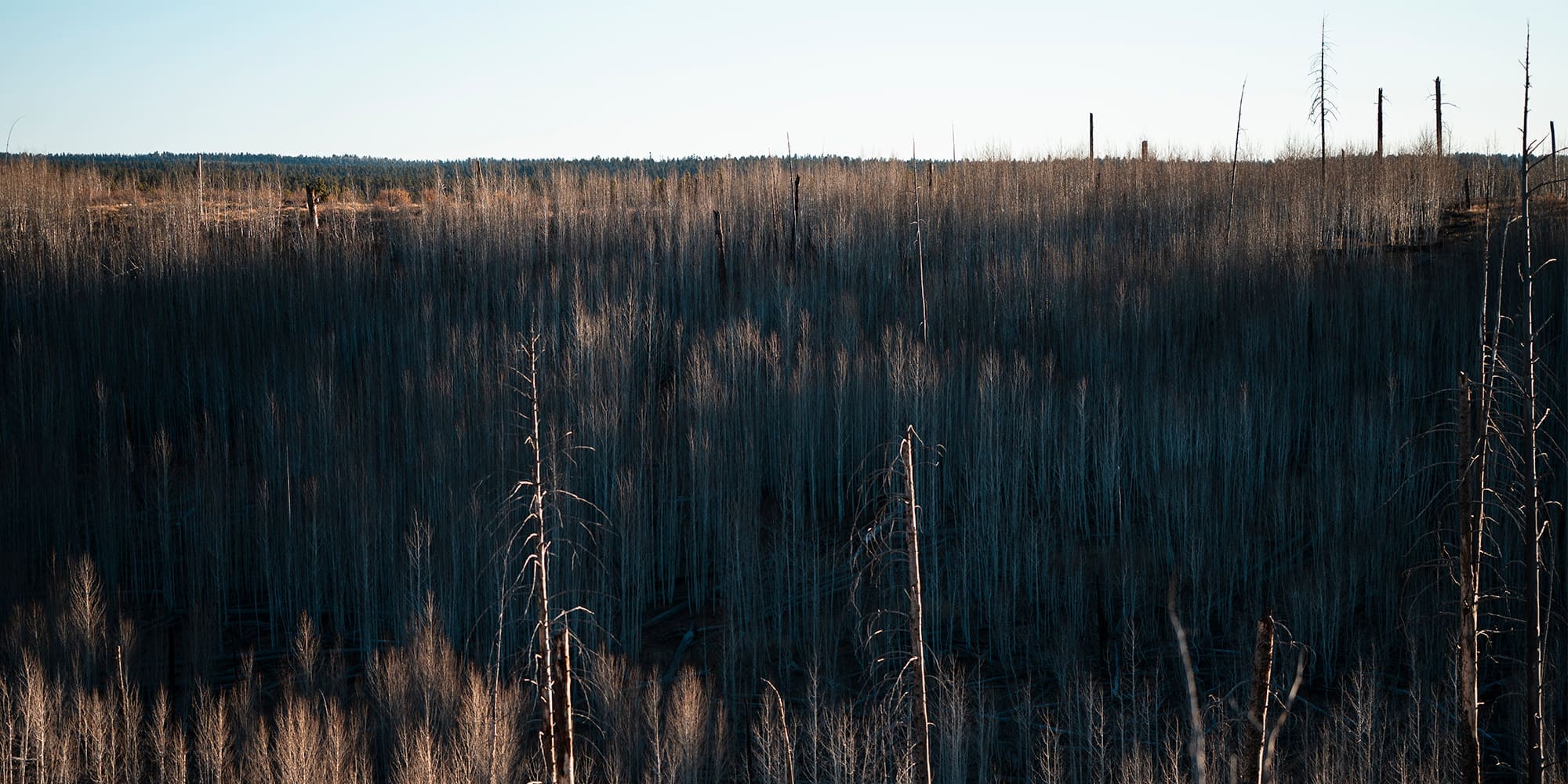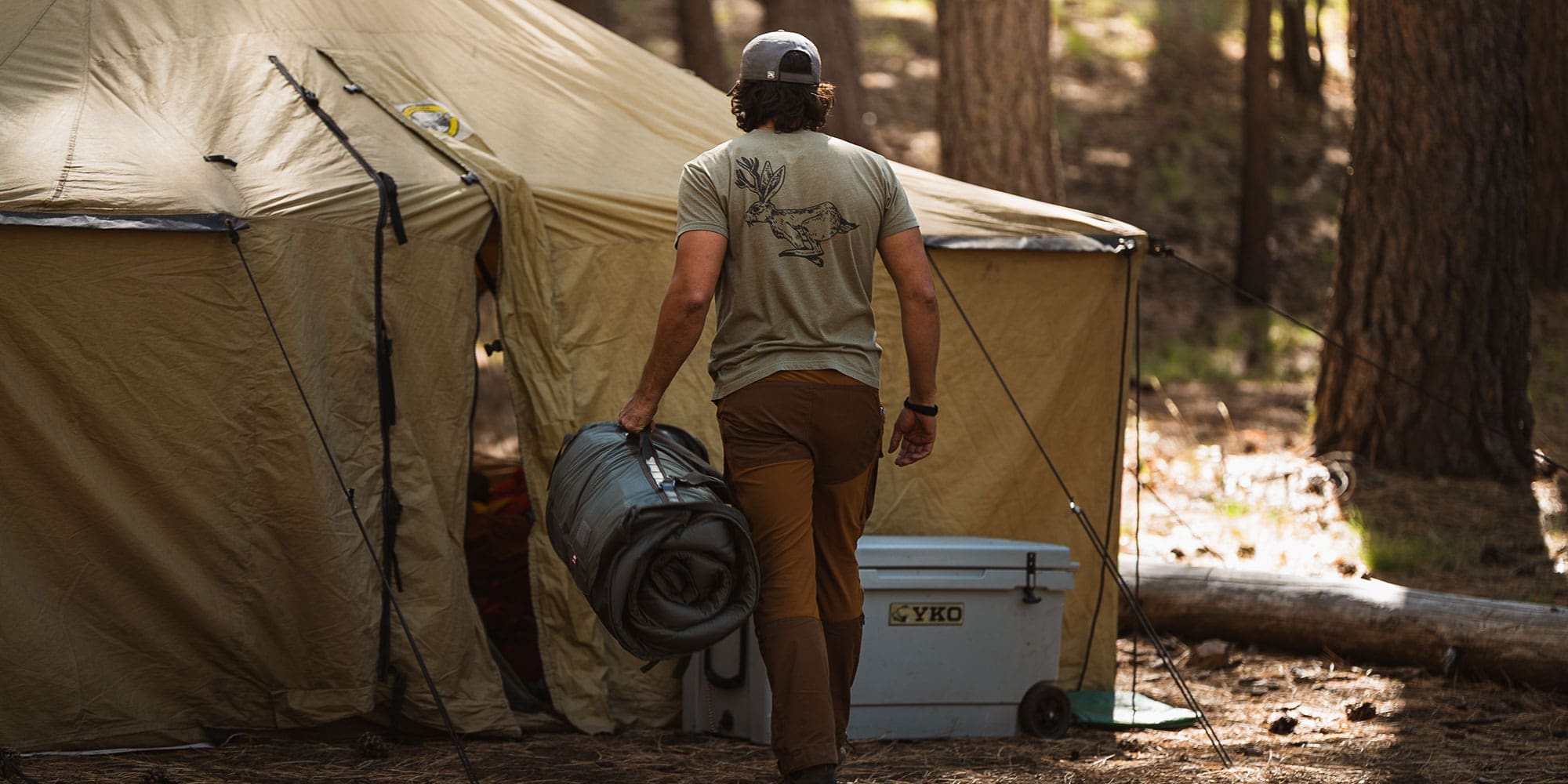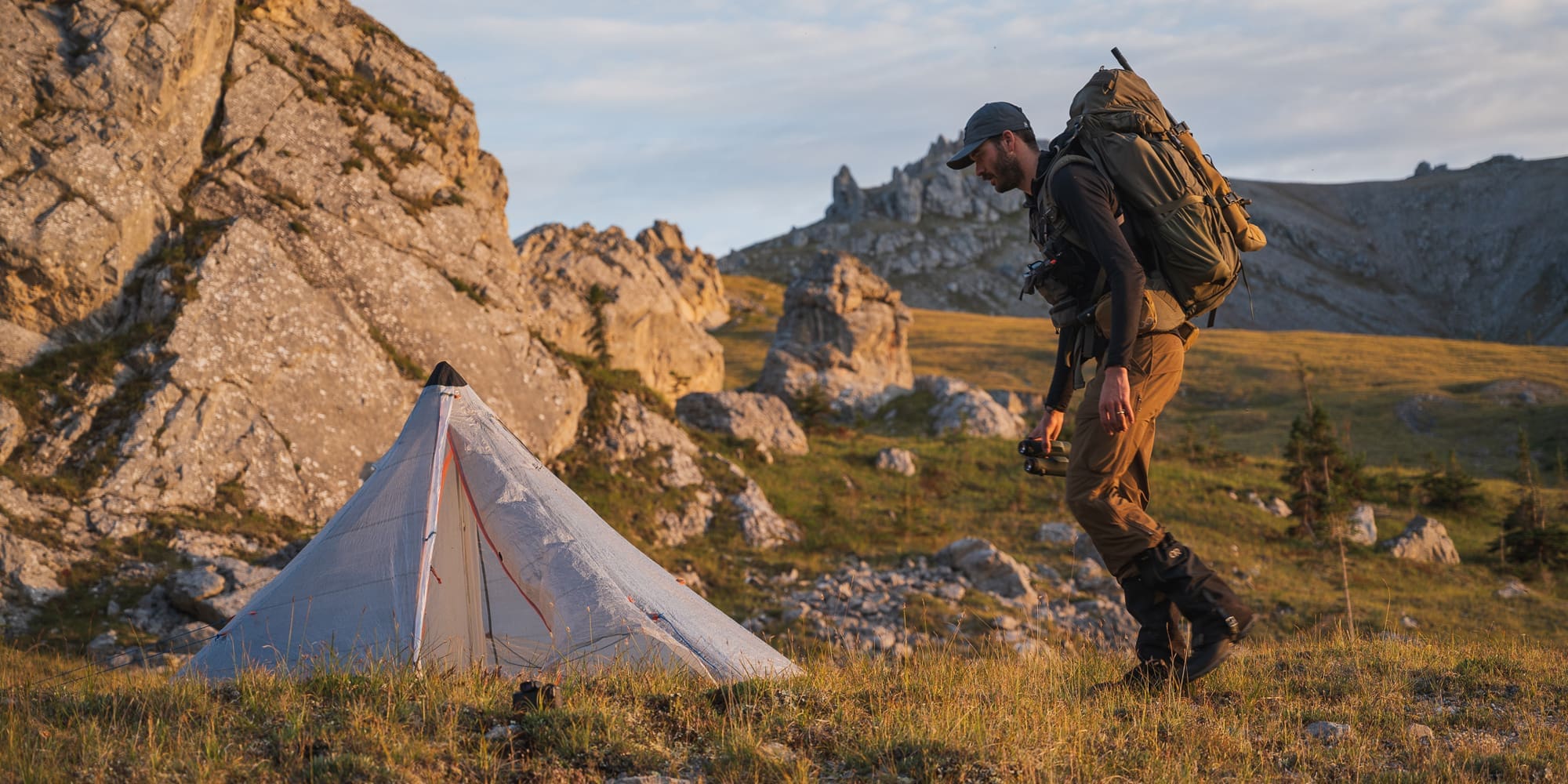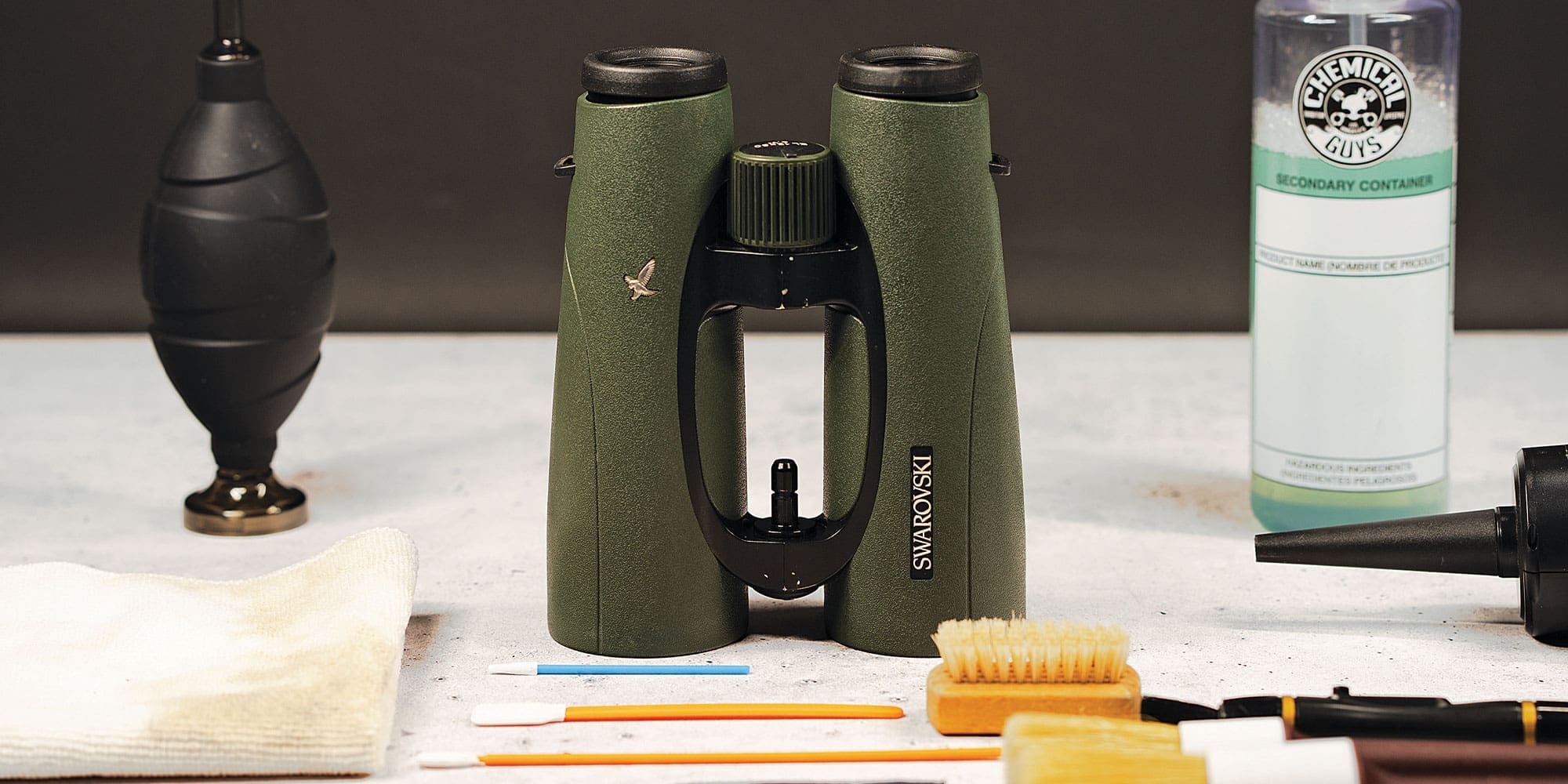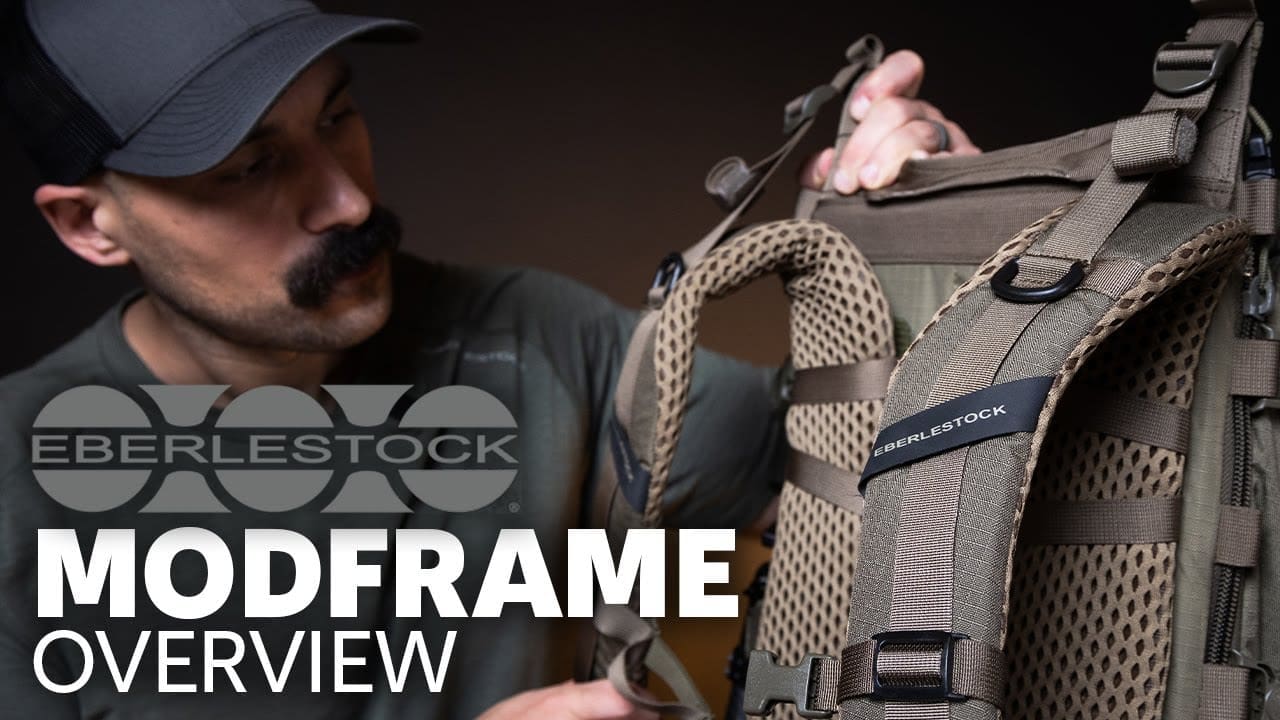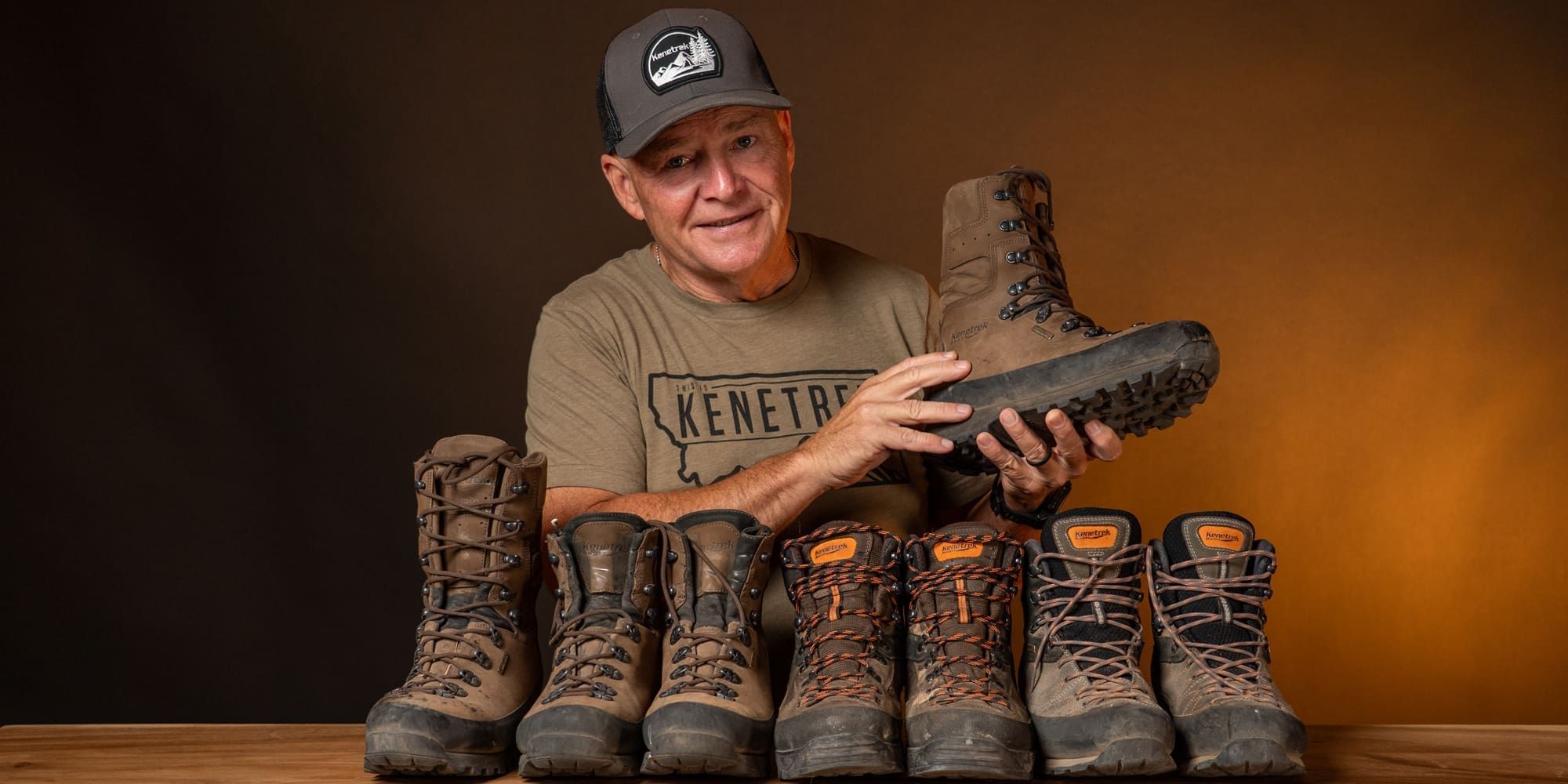NOTICE: Certain links on this post may earn a commission for Western Hunter Magazine from Amazon or our other affiliate partners when you make a purchase. Thank you for your support.
Third Axis Leveling: Legit or Hype?
For years I’ve been reading about the ‘need’ to have a sight on your bow with third axis leveling. I’ll be the first to admit, that although I’ve harvested over 20 animals with stick and string, I’m about as technology challenged as a serious hunter can be. I spend more time worrying about my quarry than I do my equipment. I’m not saying that’s right or wrong, maybe I just put too much faith in my equipment? After all, they should have the techno guys work out all the kinks before it goes to market, right?
This year, I put in for my deer and elk units without much thought for what equipment upgrades I may need. I drew my Wyoming badlands deer tag and a rugged mountain elk tag. I knew there would be the possibility for some steep up/down angled shots on both hunts. I decided to see if the 3rd-axis is legit or is it all hype. I took the bow and target out to the mountain by my house and launched a couple arrows from 45 yards at a 30 degree downhill angle. I hate to admit that I had never done that before. I’ve launched thousands of practice arrows but had never worried about those types of angles. I’ve never had a shot opportunity present itself in the woods with those severe angles, other than out of a tree stand. HHHMMMM, maybe that’s why I hit the last whitetail buck in the liver instead of tight to the shoulder like I was aiming.
I don’t know why I thought this year would be different but it really bothered me that my tight groups were about 4 inches to the right at that yardage. When I stepped out to 60, it was even worse! I kept checking my bow and equipment over and over to see what might be the problem. Finally, I shot a group when my sight level was plumb, but my bow felt like it had a cant to it. How could this be?
After getting home and doing A LOT of research on the subject, I ordered a Spot-Hogg Hogg-It sight with, you guessed it, a 3rd axis leveling. My other sight is a Spot-Hogg and I’ve had it on 2 separate bows for over 10 years. I absolutely loved it until that day on the hill! All my research seemed to confirm that these guys are the innovators of 3rd-axis leveling. If you’re looking for some techno info on how to adjust or get the best results out of your 3rd-axis, you’ve come to the wrong place. I can barely spell 3rd-axis. Go to the Spot-Hogg website and click on “Interactive”. They’ve got several videos and also have several newsletters with all sorts of helpful tips to become a better shooter. I have read and re-read all their newsletters on 3rd-axis.
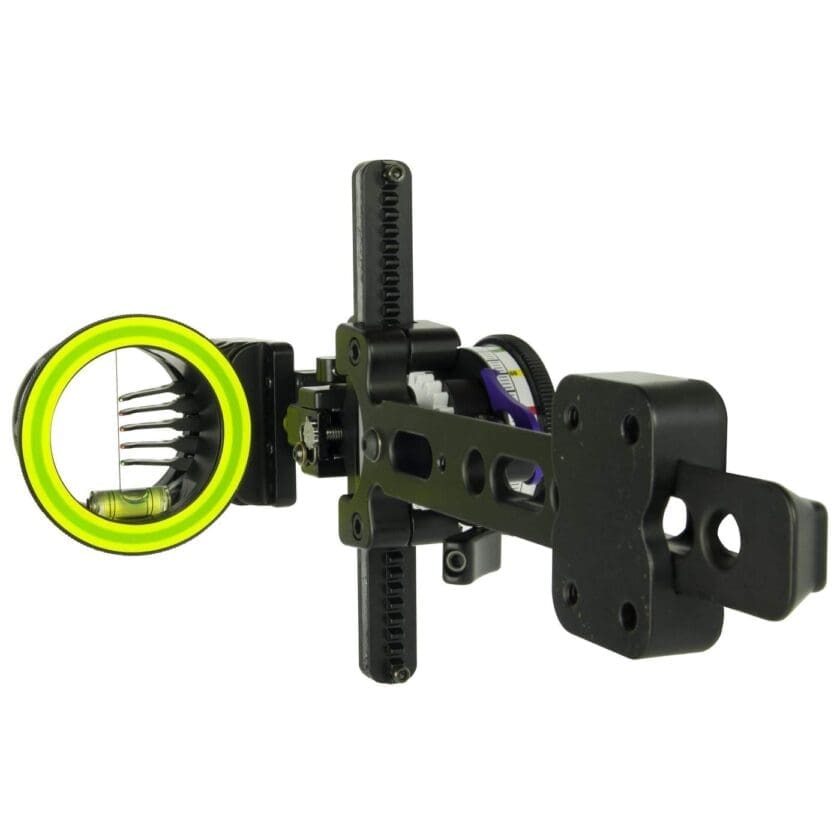
Once my sight arrived, I strapped it on my Heli’m and went to the range in my backyard.
Within 30 minutes I was dialed in: 15, 30, 40, 50, 60, 70, and 80. I’ve only shot at 1 animal in my life over 50 yards – it was a complete double-lung pass-thru but I like being able to practice at those ranges to help with my form. I also like the assurance of having a pin that far in case I ever need to try and shoot a hit animal. Hasn’t happened yet but I feel better knowing I can if needed. So I don’t get confused with 7 pins on my sight, I paint my 50 yard pin white. It makes it easier to know everything above my white pin is a hunting pin and everything below is a target pin.
Paige and I loaded up the Heli’m and the Morrell targets in the truck and headed for the hills about 15 minutes from the house. We set up in the creek bottom and climbed up the ridge to shoot.
First group was with field tips. 45 yards with a 34 degree downhill shot. Vortex Ranger Rangefinder said to aim for 36 yards.
I only shot 3 with field tips and was happy with the tight group – 3 inches right of the bullseye I was aiming for. I then made one adjustment with my 3rd-axis on mysight and shot a broadhead. This is the first year I’ve ever tried a mechanical head. My Easton Injexion arrows are tipped with Trophy Taker Ulmer Edge 100 grain head.
My first shot was very promising!
After retrieving that group, I stepped up the hill to 59 yards; 34 degree downhill angle; Ranger said to aim for 49 yards. Although this group wasn’t as good, I still felt confident in my pins. I just needed more time in the hills to help my muscle memory with those yardages and angles.
We then came off the hill and I set up to shoot at 30 yards. I needed to see if adjusting for the angles had messed up my shooting on the flats. I felt fairly comfortable with my first 30-yard broadhead group from the ‘flats’.
Paige then pulled out her Mission Craze and shot several rounds before we had to head for home.
Over the next several weeks, I kept shooting the angles and the flats to make sure I had the confidence I needed when I was in the hills. With great equipment and lots of practice, my confidence was right where it needed to be. I used 3 different range finders over the next few weeks to determine the correct angles. A Bushnell 1200 ARC (with angle compensation), a Leica LRF 1200 (no angle compensation), and a Vortex Ranger 1000 with HCD (Horizontal Component Distance). Each one measured a little different, especially the Leica on those up/downhill angles. It measured accurately but didn’t give you the ‘true’ distance to shoot at. The Bushnell actually gave the angles I was shooting with the actual yardage and the ‘true’ yardage. The Vortex didn’t give the actual yardage, just the ‘true’ yardage to shoot for. The measurements were the most compatible with how my bow actually shot: every yardage, every angle; uphill or downhill, every time. After a while I was grateful it didn’t give the actual yardage, it didn’t allow me to second guess what it was telling me to aim for. The Vortex Ranger Range Finder proved itself in the field and gave me the most confidence in the hills and therefore made it into my pack on every trip.
So, how did I do in the field? Well, I don’t want to talk about the bull elk I punched my trigger on after a 9.5-hour stalk, that covered over 6 miles and climbed over 2,500 vertical feet. The angle was 3 degrees, go figure! So much for worrying about all the steep angles! I just shanked it. I’ve never punched my trigger like that in 25 years of bowhunting. I was excited but my pins weren’t jumping. I had picked a spot, settled my ‘White’ pin, and was thinking about the follow-through when I hammered my trigger. No real excuse other than I shanked it!
My mulie buck was 26 yards away with over a 45-degree angle. I was perched right above his bed with the wind blowing in my face up the draw. Ranger said to aim at 18 yards which, I did as soon as he stood up to re-arrange positions. I’m pretty sure I would have either shot right over him or hit him high in the back if wasn’t for my Vortex giving me the correct yardage.
In parting, I’ll say that the equipment available to archers today is unbelievable. The technology has come so far. It’s about time I got on board and updated to an unbelievable sight that increased my confidence levels to a new standard. Spot-Hogg claims the Hogg-It sight is the “Most accurate pin-sight on the market”. It is by far the most accurate sight I have personally ever shot. I’ve been shooting their sights for over 10 years with ZERO issues. They invented 3rd-axis leveling and their claim sounds reasonable enough for me, but you better test it for yourself. I am a new believer that 3rd-axis leveling is legit.
